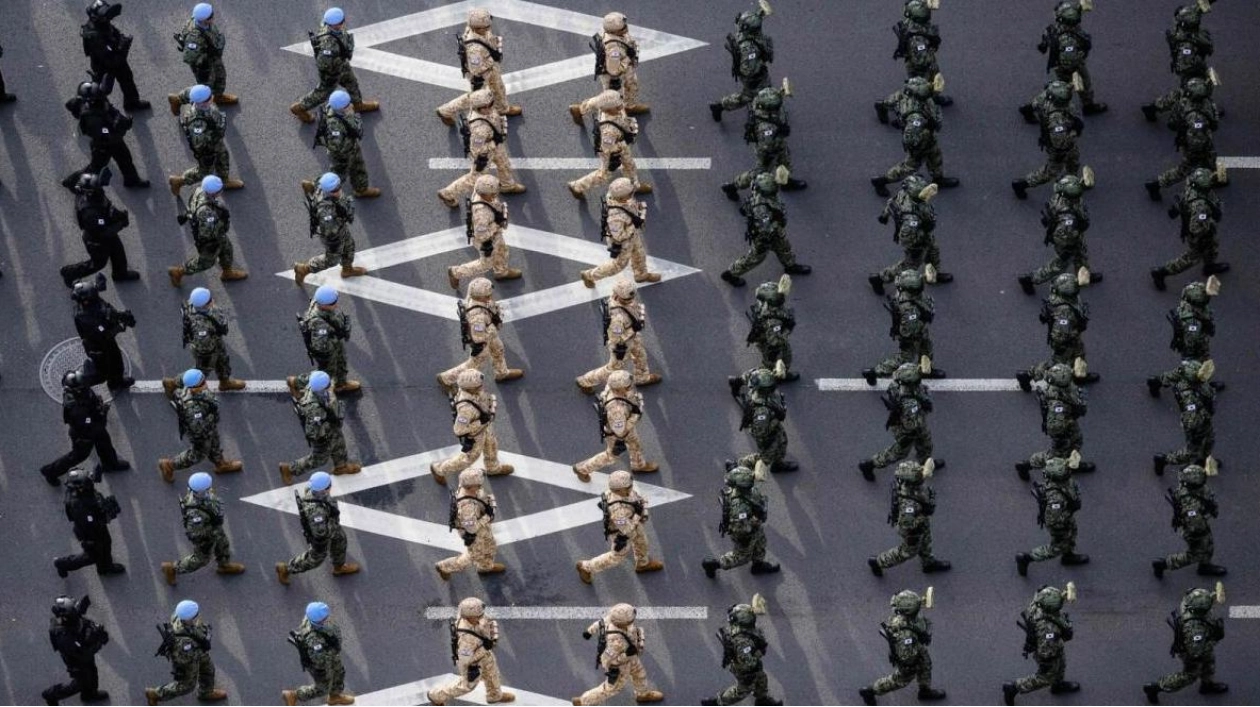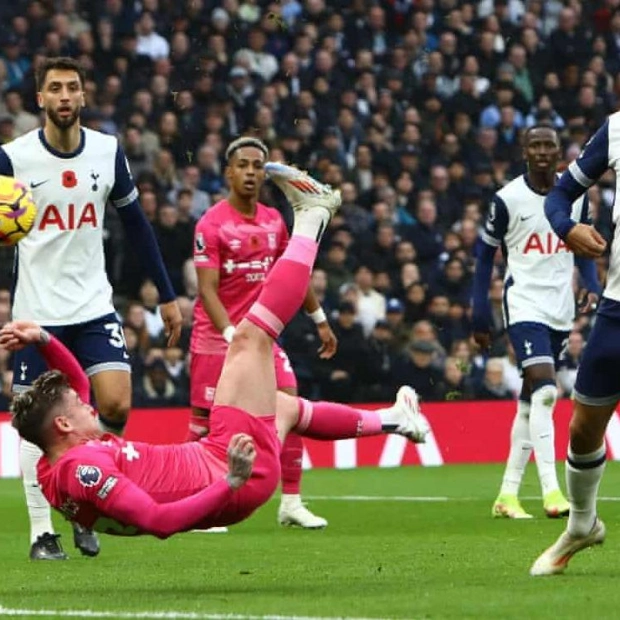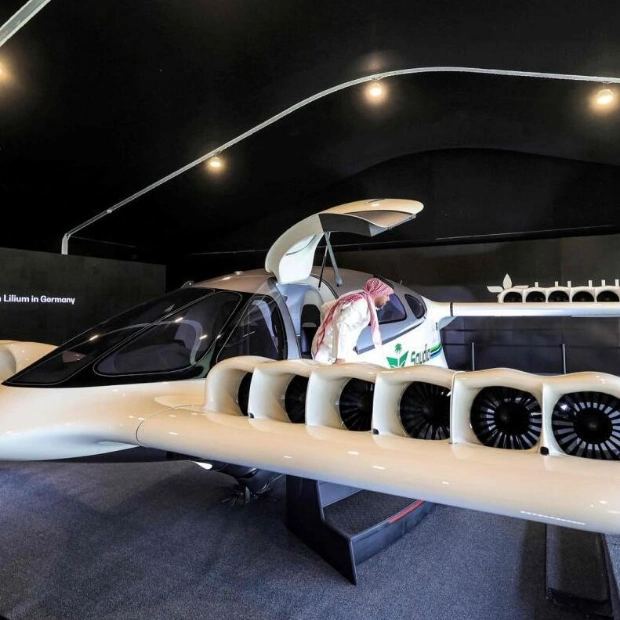South Korea displayed a ballistic missile capable of carrying an eight-ton warhead and featured a flypast of a US bomber during a military parade in Seoul on Tuesday. This annual event is a demonstration of readiness to counter North Korean threats. The Hyunmoo-5 missile, which was successfully tested last year, was showcased at the Armed Forces Day parade held at a Seoul air base. The event involved approximately 5,300 troops, 340 types of military equipment, and aircraft flypasts. A smaller-scale parade also took place in downtown Seoul, attracting thousands of spectators.
For decades, such military parades were held only sporadically in South Korea. However, last year, President Yoon Suk Yeol revived the tradition of holding them annually, aligning with his 'peace through strength' policy. Military officials stated that Tuesday's parade was partly intended to demonstrate South Korea's military capabilities as a deterrent against North Korea, which frequently stages parades featuring weapons like intercontinental ballistic missiles.
The South Korean parade included a flypast by a US B-1B strategic bomber for the first time, with participation from the US Eighth Army band and an armoured Stryker brigade. In a speech before the parade, Yoon warned Pyongyang against using nuclear weapons and criticized what he termed as its illegal military cooperation with Russia. He also celebrated the launch of the Strategic Command, which is responsible for responding to North Korea's weapons of mass destruction.
Dubbed a 'monster missile' by South Korean media, the Hyunmoo-5 was the centerpiece of the parade, designed specifically to penetrate underground bunkers. The military introduced it as the 'ultra high-power Hyunmoo ballistic missile,' mounted on two nine-axle transporter-erector-launcher (TEL) vehicles. The Hyunmoo-5 is categorized as short-range, but with a one-ton warhead, its range can exceed 5,000 km, according to Yu Yong-weon, a lawmaker on the parliamentary defence committee.
Yoon's office stated that the missile plays a crucial role in the country's 'three-axis' defence system aimed at neutralizing North Korea's nuclear provocations. Hours before the ceremony, North Korea's vice defence minister, Kim Kang Il, criticized the B-1B's planned flypast and accused Washington of conducting a 'reckless military bluff' by sending a nuclear-powered submarine to South Korea. In comments carried by state news agency KCNA, Kim called for retaliatory measures, pledging to continue enhancing the country's 'powerful war deterrent.'
In Seoul, some opposition lawmakers and activists criticized Tuesday's parade, comparing it to past South Korean military governments and arguing it was a waste of taxpayers' money, with a budget of 7.9 billion won ($6 million) this year. Defence ministry spokesman Jeon Ha-kyu stated that the parade helped boost troop morale, stimulate defence exports, and serve as a deterrent against North Korea.






